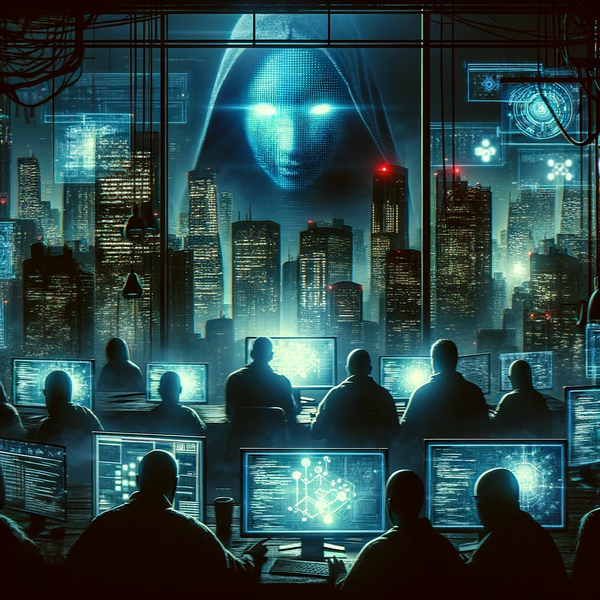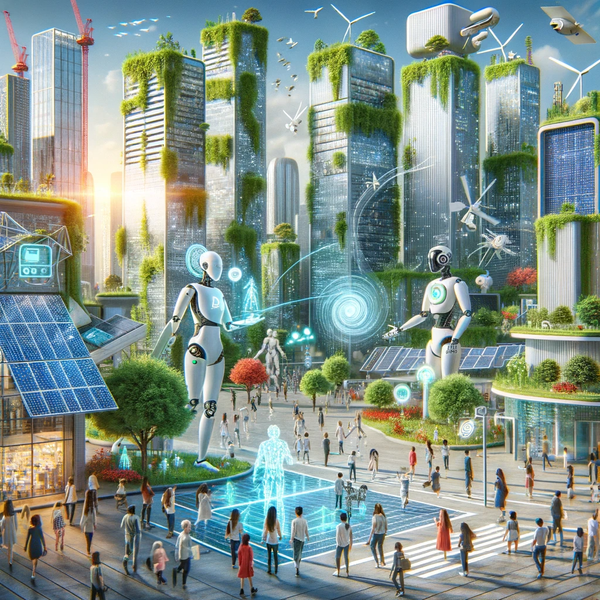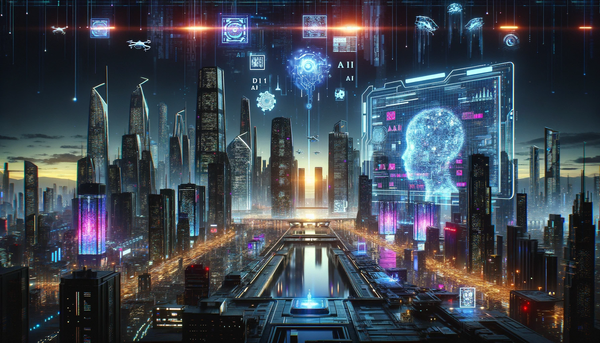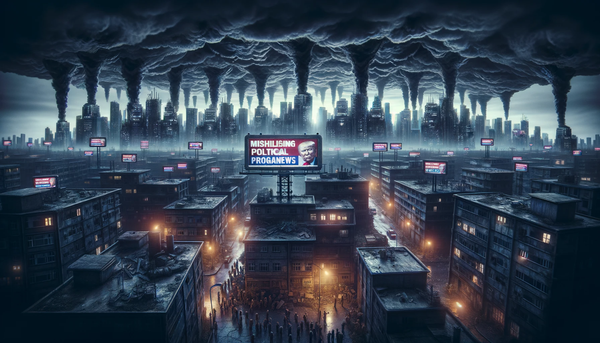The Dark Tides of Disinformation: When AI Meets Botnets
In a digital world, discerning real from fake has never been tougher. Botnets amplify disinformation, and with AI tools like ChatGPT and Bing Image Creator, false narratives evolve, becoming hauntingly persuasive. This dark synergy jeopardizes truth, challenging our very perceptions of reality.
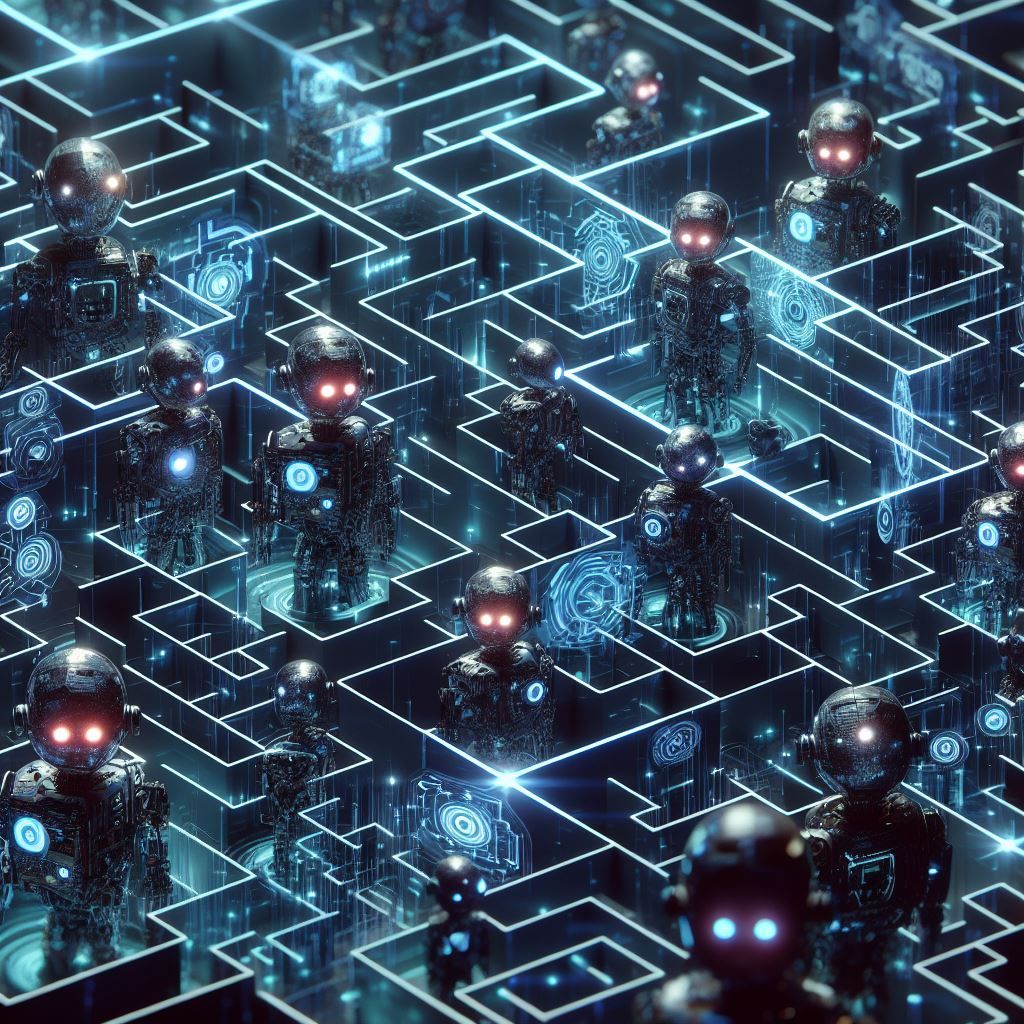
In a world that's become increasingly digital, it's becoming harder to distinguish between what's real and what's fake. A storm is brewing in the realm of cyber threats, with botnets and sophisticated AI models such as LLMs taking the helm. Tools like ChatGPT, Bing Chat, and Bing Image Creator, initially designed to empower and educate, have been hijacked by malicious actors to amplify and spread disinformation at an unprecedented pace. This terrifying merger poses unparalleled dangers to our society, the likes of which we've never seen before.
Botnets, for those unfamiliar, are vast networks of compromised computers under the control of a single entity, often used for malicious purposes. Now, imagine this vast army being deployed to propagate false narratives and misleading information. These narratives, once out in the open, spread like wildfire, infecting the very fabric of our societies, sowing doubt, and fostering division. Now more than ever, the reach and speed of these botnets have become a tool of immense power in the wrong hands.
Enter AI and its sophisticated LLMs (Language Models). Platforms like ChatGPT and Bing Chat are powered by these AI models, trained to understand and generate human-like text. The primary purpose of these systems is benign, designed to assist users in a variety of tasks. However, when these are coupled with botnets, the potential for harm escalates exponentially. Instead of simply spamming users or overwhelming systems, botnets can now engage, manipulate, and deceive people in deeply personal and convincing ways. The consequence? Disinformation doesn't just spread; it evolves, becoming more tailored and persuasive with each interaction.
But it doesn't stop there. The marriage of AI and botnets has given birth to another ominous offspring: the creation of hyper-realistic fake imagery. Bing Image Creator, a tool meant to aid in visual design, can be repurposed to generate fabricated images that align with a narrative. Think of a political figure caught in a scandalous act, a country supposedly launching an attack, or a celebrity endorsing a toxic ideology - all completely fictional, yet presented with such convincing realism that the average viewer is none the wiser. These AI-generated visuals, when disseminated alongside deceptive narratives, can wreak havoc, causing public outrage, policy shifts, and even international conflicts based on falsehoods.
The implications of this dark synergy are profound. Our very perceptions of reality are under threat. In an era where seeing was believing, we now stand at a crossroads, questioning the authenticity of every piece of information we consume. Trust, a foundational pillar of society, crumbles as skepticism grows. Democracy, which thrives on informed citizenry, is jeopardized when truths become indistinguishable from lies.
So, where does that leave us? Awareness is the first step. As users, we must approach digital content with a discerning eye, validating sources, and cross-referencing information before accepting it as truth. Platforms and developers behind tools like ChatGPT and Bing Image Creator have a responsibility too, to harden their systems against misuse and continually innovate in the face of these threats.
In this digital age, the war against disinformation rages on. The sinister alliance of botnets and AI might be the latest weapon in the arsenal of those seeking to deceive, but with vigilance, education, and collective responsibility, we can push back against the tide of falsehoods threatening to engulf us.
